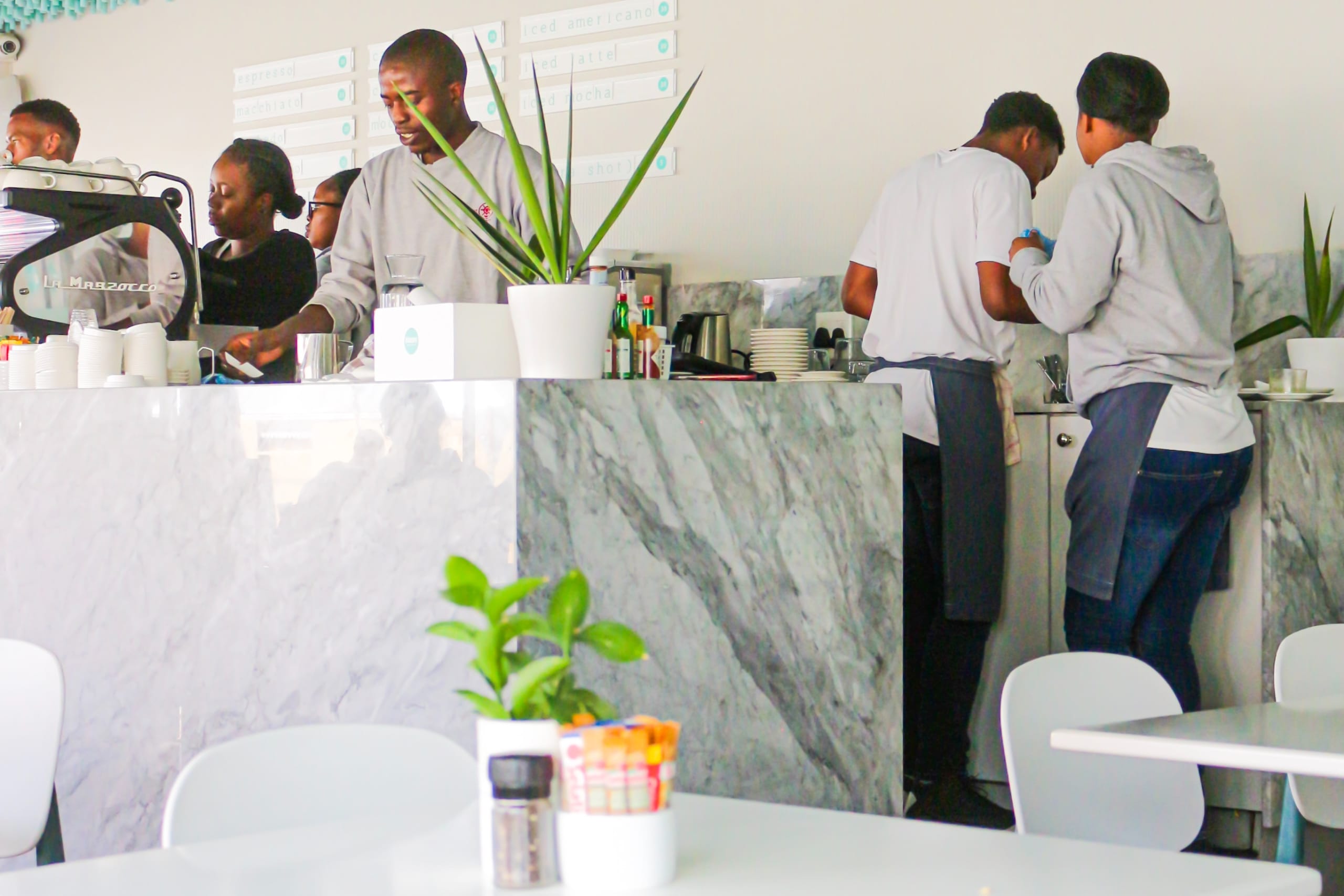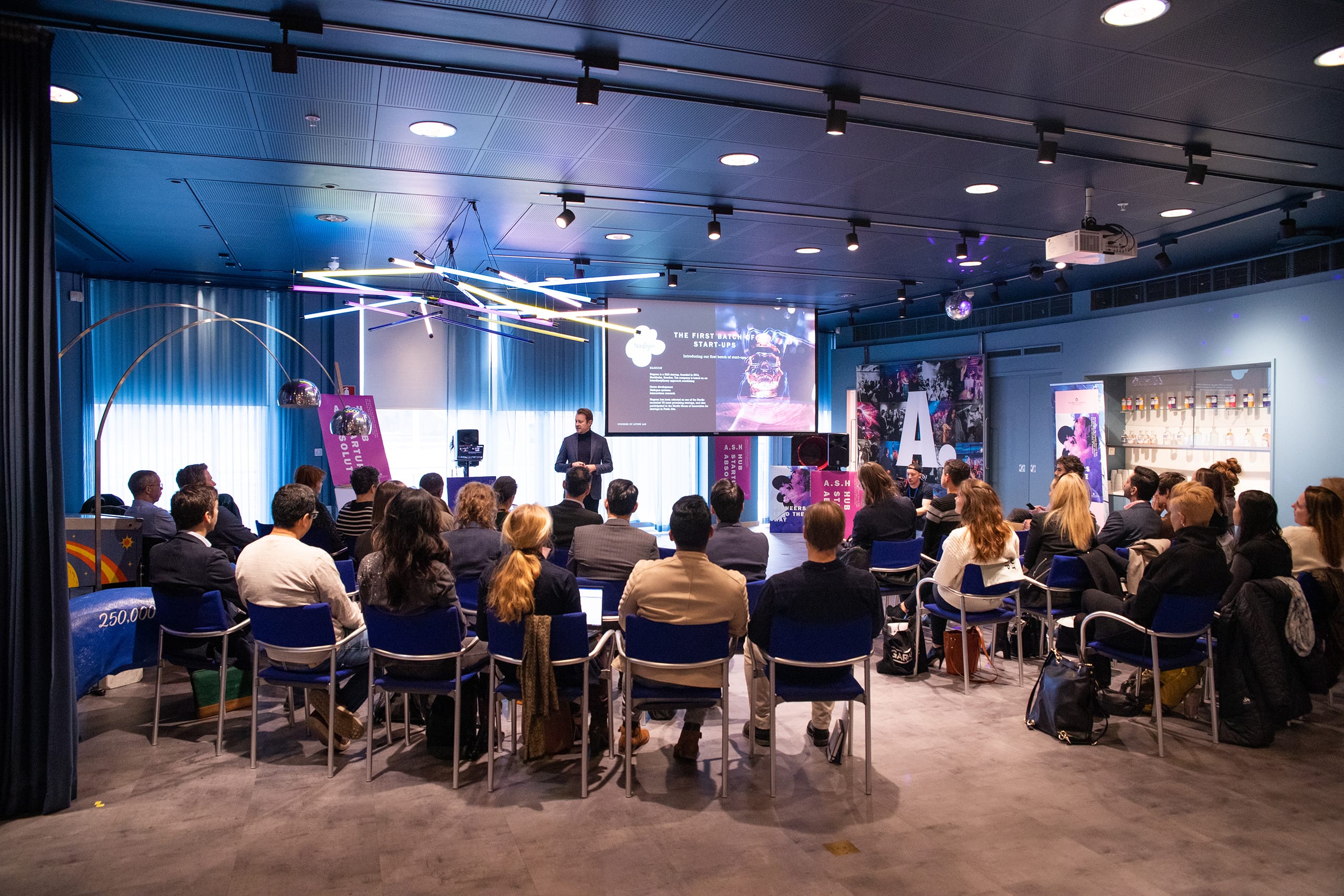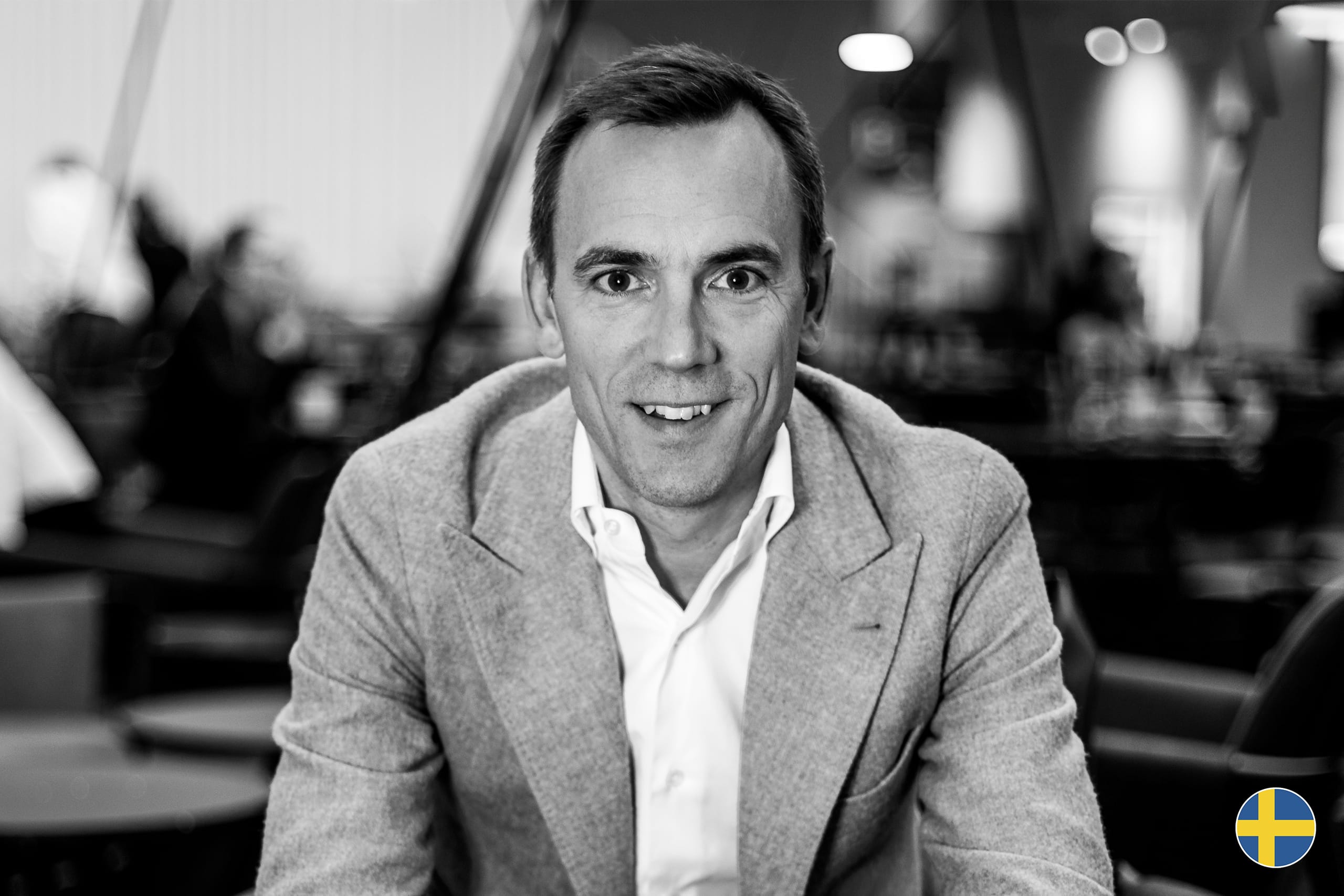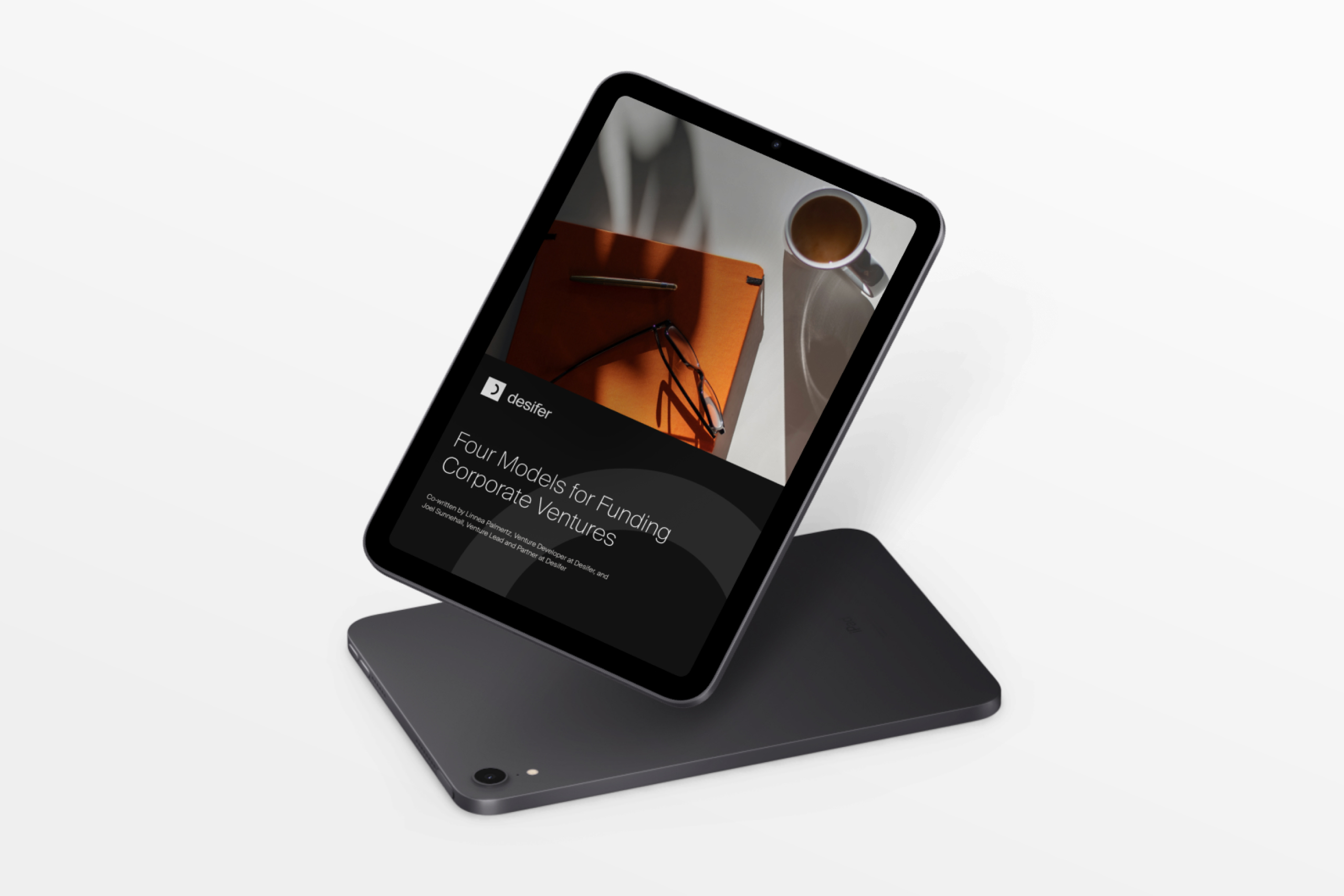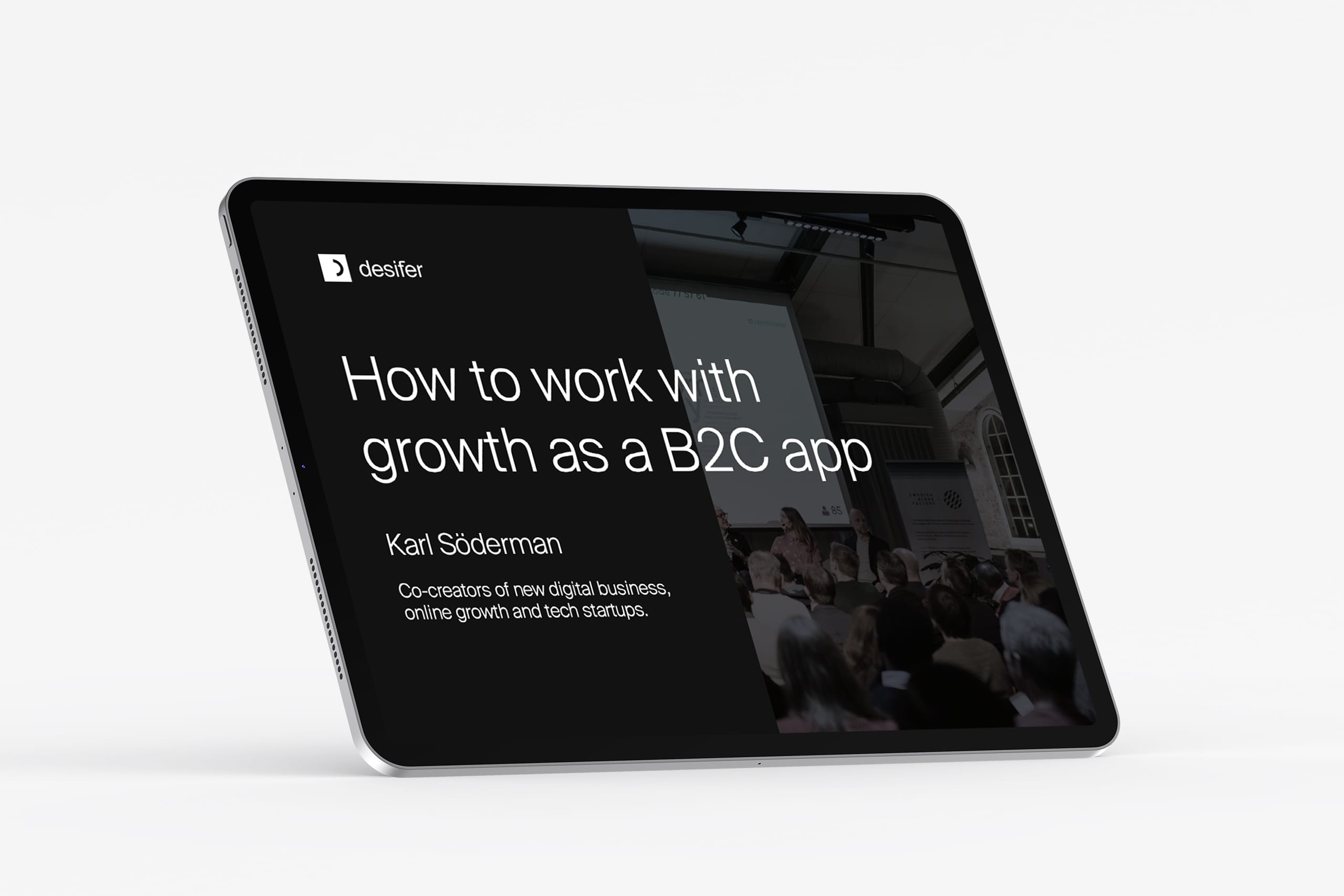Strategy
Written by Sigrid Hellberg
July 10, 2021
Vattenfall’s corporate venture InCharge – drives innovation in e-mobility
Part 1 Driving innovation through corporate venture building: Successful Nordic examples
Vattenfall saw early on that the future of the transport sector is electrified. It was the starting point of an innovation agenda with ambitious goals within e-mobility and the creation of a new business. First out in our series on successful Nordic examples of corporate venture building, we spoke with Tomas Björnsson, the CEO of InCharge and responsible for Vattenfall’s activities in e-mobility. Vattenfall began an international upscaling in e-mobility in 2018 through InCharge, which has now gone from startup to scale up with 100 employees and operations in five markets. Tomas shared important insights and lessons learned about driving innovation through corporate venture building and what is crucial for the success of a corporate venture.
Innovation to achieve ambitious goals
Vattenfall has one clear goal: to enable fossil-free living within one generation. To drive that development, conscious and focused innovation work is required. At Vattenfall, this is happening on several fronts. Part of this is corporate venture building or business building, where the company invests in and collaborates with relevant startups, and builds its own ‘corporate startups’ to drive innovation.
Freedom to be fast-moving and close to customers
Work on e-mobility and facilitating the conditions for electric traffic began in the form of several projects as early as 2009, including a collaboration with Volvo Car Corporation. In 2017, the decision was made to gather all activities with the goal of driving the development of offers and infrastructure within e-mobility in one unit. Starting with a project team of ten people in one country, Vattenfall’s InCharge has now grown to 100 people in five countries and seven offices. They currently operate around 25,000 connected charging points for electric cars, provide international roaming services, and since the start in 2018, turnover has grown from tens of millions to around half a billion SEK. The business today consists of three parts: public infrastructure, private charging solutions, and a digital operator business. Tomas Björnsson believes that the growth journey has gone so quickly due both to the right timing in a growing market, and to the fact that they have succeeded with the key cycle of activities: to deliver to the customer, get feedback and quickly make changes based on customer needs.
– Running the e-mobility business as a separate unit was a conscious decision from the beginning, says Tomas Björnsson. Sales, customer contact, operations, everything must be connected in order to be able to be quick-footed. If you bake it into a large organization too early, everything risks taking far too long.
Clear expectations and strategic fit
Tomas Björnsson emphasizes that it is incredibly important to be clear about what level of independence you need as a corporate startup, but also where the advantages lie in being part of a larger context. A success factor for InCharge has been the agreement on how the business should be managed, and that Vattenfall has a long-term perspective in its e-mobility investment.
– InCharge’s operations are so completely in line with Vattenfall’s overall strategic direction has made it easier. No one questions that e-mobility is worth investing in. There has also been an understanding from the beginning that we are building for a future market, and for the next generation. When we started, electric cars accounted for a few percent of the new car market. Now they account for 30 percent, but we are still early in the market.

Photo: Peter Knutson
Tomas Björnsson, CEO InCharge & VP E-mobility Vattenfall
Corporate venture: InCharge
Established: 2018
Parent company: Vattenfall
Industry: E-mobilit
Continuously show progress
The fact that there is an understanding that this is a long-term investment makes it no less important to constantly show progress. It’s more about what type of progress you can show, says Tomas Björnsson.
– For us, it is about showing that we are growing, that we understand the customer needs, have a high customer satisfaction and that there is a willingness to pay among the customers. What I basically always want to show is that we have products that customers appreciate, that we can bring in volume, and that the business model scales: that we can deliver on this growth without the cost base growing proportionally. Early on, these things are key. After a startup becomes a scale up and matures, there is of course more focus on profitability.
A challenge to balance focus and exploration
Many of the challenges and success factors in starting and developing a new company are the same regardless of whether you run a completely independent startup or one owned by a corporation, Tomas believes. He describes the biggest challenges during the journey as a quest for balance between extremes. One is the balance between being quick-footed and flexible, at the same time as preparing for scalability. The risk is that you “grow to death” if you develop too many service variations and do not plan for how the products and services will be maintained in the future. Another is about balance between focus and exploration.
“It is crucial to focus, to find what we are going to be really, really good at. But at the same time, it is a strategic risk to focus too early when you are in a new market and in a new business. You have to keep exploring.”
At the same time, he sees enormous advantages as a corporate startup, in having access to resources that an independent startup does not have; incredible industry experience, deep expertise in many areas, a large recruitment base, a brand that opens doors and facilitates partnerships and access to a large customer base.
Take advantage of the parent organization’s strengths
As a startup within a large company, you must not be afraid to use the greatest competitive advantage you have, the access to expertise, networks, reputation, infrastructure and other strengths that a large company has. As an example of this, Tomas points out that InCharge, as part of Vattenfall, in the future can control so that a property with charging posts won’t see its electricity network costs rocket because everyone wants to charge their car at the same time when they come home from work. InCharge can control that you start charging when there is a lower load, so that it becomes cheaper. As an individual startup, it would have been difficult, but this is Vattenfall’s core competence – an energy system that works and is in balance.
– Generally, the more the customer gets used to the product and it becomes a mass market product, the more we can benefit from the scale of Vattenfall. Although independence is crucial in order to be able to work quickly and stay close to the customer in the beginning, it is important to plan for how to take advantage of the parent company’s strengths from day one, says Tomas. It can affect how you build your technical architecture, for example in making sure to choose a platform that you can easily integrate with any other part of the parent company’s infrastructure that will be important to you in the future. This can help you enable a smooth customer experience or to streamline operations.
Prepare for scaling early
One of the most important benefits of being part of a large company is the infrastructure that is already in place, which can be exactly what is needed for a scaling business. Tomas emphasizes that it is crucial to plan for scaling early.
– How can I get help from the parent company to facilitate scaling? If you start planning for it early on, there is a lot of help to get from the parent company that already has expertise in business control frameworks, IT security, sales channels and other areas you will need. This is an incredible advantage over stand-alone startups. But it also requires you to take an extra round when building things from scratch, and ask yourself: What parts do I need to prepare for integration? And how should I build it to make it easy to integrate with the parent company when needed?
Recruit for expertise, culture and network
As the team at InCharge has grown, the focus has always been on basing recruitment on expertise and attitude, and on building and maintaining an entrepreneurial and fast-paced culture. Something that is crucial for a corporate venture is to also recruit to build a strong network internally with the parent company.
– A unique advantage of a corporate venture is often about the relationship with the parent company and its strengths. To leverage this, it is crucial to recruit team members who know the parent company’s operations and have established networks within the company. In this way, you find the right ways in and it becomes easier and faster to gain access to skills and other assets within the mother company.
In summary, Tomas believes that if large companies are to succeed in driving innovation, by building new companies, it is a key factor that the initiative is in line with the parent company’s strategic direction. It is also important that expectations are set correctly considering the fact that it is a long-term investment that requires independence. The most crucial challenge is to be able to utilize the assets of a large company, while maintaining its speed and agility. If you succeed in that, you have great advantages compared to independent startups and the opportunity to really strengthen your company’s innovation work and achieve ambitious goals.
Tomas tips for building corporate ventures:
- Be clear about where in the spectrum “fully integrated” to “completely separate” you want to be and why.
- A key factor is that the initiative is in line with the parent company’s strategic direction and meets stated goals.
- Clear separation is important for speed in the beginning.
- Plan from the beginning from which of the parent company’s strengths you will benefit from in the future, and prepare so that you can easily integrate with them when it’s time.
- Plan for scaling from day one – you need to be able to maintain the products you sell!
















